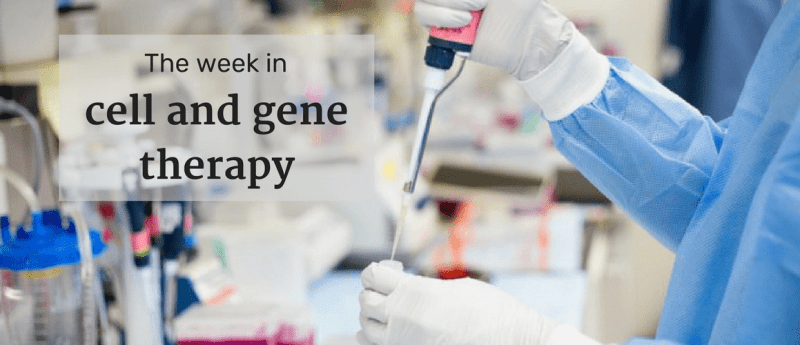Cell therapy weekly: Collaboration to progress gene-based cures for HIV and sickle cell disease within a decade

This week: Specific cells identified in zebrafish that may contribute to cardiac regeneration and stem cells offer insights into pregnancy and early development.
The news highlights:
Collaboration to progress gene-based cures for HIV and sickle cell disease within a decade
Specific heart regeneration cells identified in zebrafish
Stem cells offer insight into pregnancy and early development
Collaboration to progress gene-based cures for HIV and sickle cell disease within a decade
The National Institutes of Health (NIH; MD, USA) and Bill & Melinda Gates Foundation (WA, USA) have each pledged US $100 million in funding, within the next 4 years, to advance the development of affordable, gene-based therapies for HIV and sickle cell disease on a global scale. The collaboration has two main focuses: the first, concerns the identification of viable, curative gene therapies for these two intractable diseases. Second, a focus will be on progressing identified drug candidates toward late-stage clinical trials, within 7—10 years.
Francis Collins, NIH Director, commented: “This unprecedented collaboration focuses from the get-go on access, scalability and affordability of advanced gene-based strategies for sickle cell disease and HIV to make sure everybody, everywhere has the opportunity to be cured, not just those in high-income countries.”
Specific heart regeneration cells identified in zebrafish
An international team of researchers from Switzerland, Germany and Spain have identified a specific sub-group of cardiac cells that contribute to the rapid and robust regenerative capacity of zebrafish hearts after injury. By employing transgenic tools, researchers characterized a subset of heart cells that expressed Sox10 and were capable of greater expansion following injury compared with other cardiac cells. It is hoped that exploiting Sox10 in human heart cells may improve their regenerative capacity.
Lead researcher Nadia Mercader, a Professor at the University of Bern (Switzerland), commented: “We were able to identify a specific cell population that is more efficient than all other heart muscle cells during regeneration, and showed that its contribution to repair is essential. We want to find out whether the absence of such a Sox10 cell population in mammals could explain why their heart does not regenerate well.”
Stem cells offer insight into pregnancy and early development
For the first time, researchers from the Salk Institute (CA, USA) and the University of Texas Southwestern Medical Center (TX, USA) have utilized induced pluripotent stem cells to generate mouse blastocyst-like structures. It is hoped that these, so called, blastoids will advance understanding of early development, pregnancy and infertility.
Juan Carlos Izpisua Belmonte, a Professor in Salk’s Gene Expression Laboratory, stated: “These studies will help us to better understand the very beginnings of life; how early on in life a single cell can give rise to millions of cells and how they are assembled in space and time to give rise to a fully developed organism. Importantly, this work avoids the use of natural embryos and is scalable.”
For more weekly cell therapy news, read previous editions of the cell therapy weekly.